Home>Ideas and Tips>Radiant Floor Heating Guide and Warm and Cozy Home Solutions
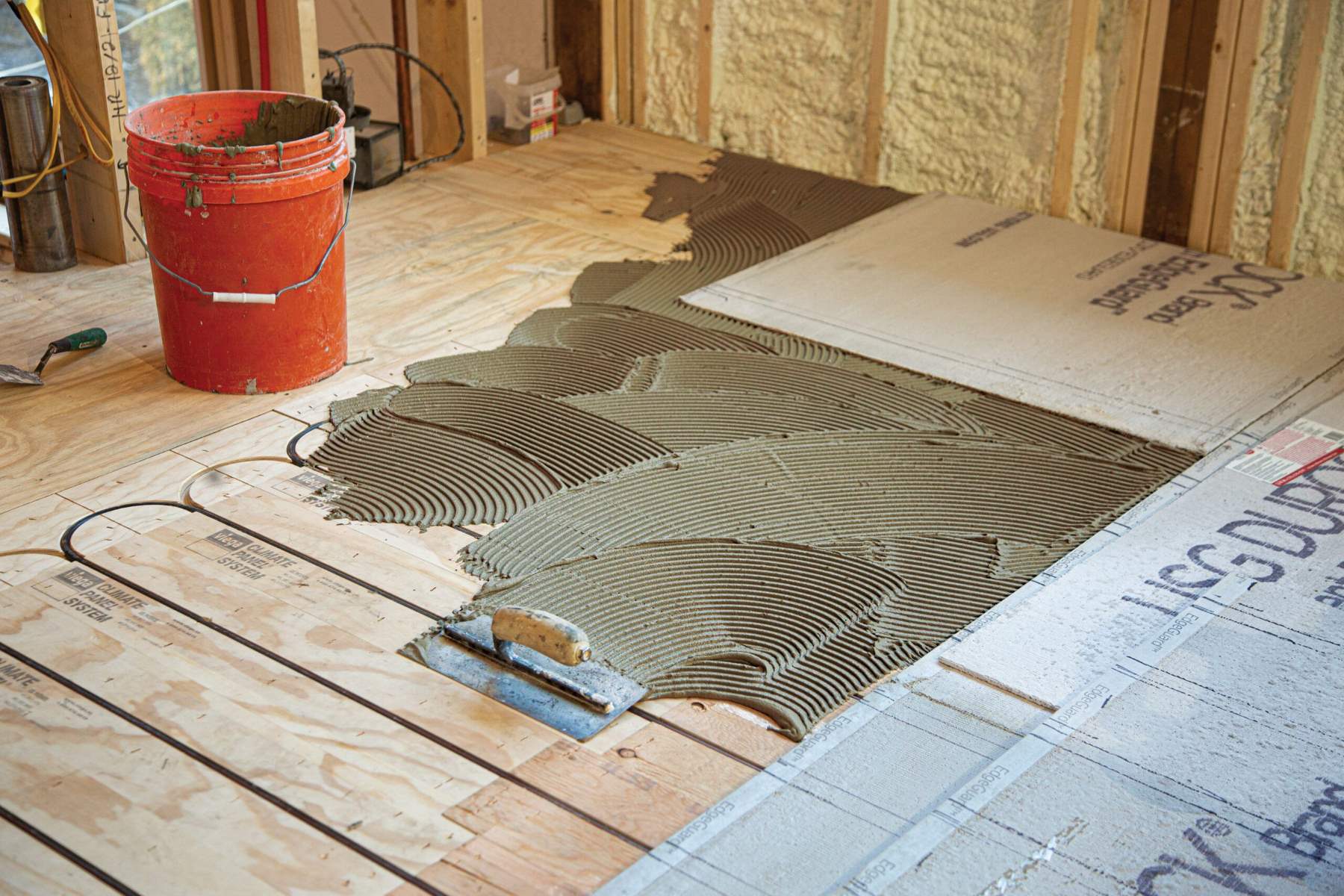

Ideas and Tips
Radiant Floor Heating Guide and Warm and Cozy Home Solutions
Published: September 22, 2024
Discover the benefits of radiant floor heating for a warm, cozy, and energy-efficient home. Learn about types, installation, and ideal areas for use.
(Many of the links in this article redirect to a specific reviewed product. Your purchase of these products through affiliate links helps to generate commission for Storables.com, at no extra cost. Learn more)
In the quest for a warm and cozy home, many homeowners are turning to innovative heating solutions that not only provide comfort but also offer energy efficiency and sustainability. One such solution is radiant floor heating, a technology that has been around for centuries but is experiencing a resurgence in popularity due to its numerous benefits. In this comprehensive guide, we will delve into the world of radiant floor heating, exploring what it is, how it works, its benefits, and the best areas to install it in your home.
What is Radiant Floor Heating?
Radiant floor heating is a form of heating that involves installing a network of either water tubes or electric heating cables under the floor's surface. This method of heating warms the floor directly rather than warming the air in the room, using thermal radiation and electromagnetic waves to distribute heat evenly throughout the space. The heat generated by the system rises from the floor and is absorbed by other objects in the room, leading to an efficient and comprehensive warming of the entire area.
Read more: How Does Radiant Floor Heating Work
History of Radiant Floor Heating
The concept of radiant floor heating dates back to ancient times. The Romans, for instance, used wood-burning fires to warm their rooms by placing the fires underneath elevated marble floors. As the heat of the fire rose, it was conducted through the marble, effectively heating the entire room. This ancient method of heating has evolved over the centuries, with modern technology now offering more efficient and sustainable solutions.
Types of Radiant Floor Heating Systems
There are two main types of radiant floor heating systems: electric and hydronic.
Electric Radiant Floor Heating Systems
Electric radiant floor heating systems use electric wires to heat floors efficiently. These systems are less expensive to install compared to other heating systems like forced air systems, and they are cost-effective in the long run due to their low electricity usage. Once installed, electric systems require no upkeep, making them a low-maintenance option.
Hydronic Radiant Floor Heating Systems
Hydronic radiant floor heating systems heat the floors by circulating hot water through a series of pipes. While operating costs are cheaper than an electric system, installation is much pricier. It takes longer to install and is best suited for new builds rather than existing ones. Additionally, hydronic systems need regular maintenance, unlike electric ones.
Read more: How Much Does Radiant Floor Heating Cost
The Many Benefits of Radiant Floor Heating
Radiant floor heating offers numerous benefits that extend beyond mere temperature control. Here are some of the key advantages:
Invisible Installation
Unlike other heating options, in-floor heat systems are essentially invisible. Aside from the temperature controller, you don’t see them. Interior designers love them because they don’t have to design around floor or wall registers, returns, wall units, and the like.
Energy and Cost Savings
A radiant in-floor heating system only needs to heat up to about 84 degrees Fahrenheit in order to warm a room. Since the floors are heated directly and the heat rises into the room, there’s no energy (heat) loss. Heating systems that rely on ductwork almost always lose energy (heat). Because they’re directly heating the floors, they’re more efficient to operate and can help drive down your electric bill when compared to an HVAC system.
Smart Thermostats
Most radiant in-floor heat thermostats are either smart or can connect to a smart thermostat, which makes it easy for you to program a heating schedule and designate temperatures for each room. Some systems even work with Google and Alexa, so you can control the temperature with just your voice.
Low to No Maintenance
Electronic in-floor heating systems require little if any maintenance, which makes them a great worry-free option. Hydronic in-floor heating systems are fairly low maintenance in that they only require periodic servicing.
Any Type of Flooring Works
In-floor heating systems work with any type of floor you may choose. So, say yes to tile, wood, concrete, carpet, cork, laminate – it all works This flexibility makes radiant floor heating an excellent choice for various home renovations and new builds.
Consistent Warmth Throughout Your Home
In-floor heating creates more consistent warmth through sheer physics. As heat rises, all that warmth hangs out near your ceiling, far above your head. If your home has more than one level, you’ve probably noticed the upper rooms stay considerably warmer than lower ones, creating unpleasant stuffiness upstairs and chilly conditions below. Radiant floor heating keeps your floors warm even as heat drifts upwards, ensuring a cozy environment throughout your home.
Improved Indoor Air Quality
Traditional heating systems often rely on ductwork and vents, which can circulate allergens and irritants like dust and pet dander. Radiant floor heating doesn’t rely on ductwork and vents, making it a cleaner and safer heating option for allergy sufferers.
Read more: How To Keep A Bedroom Warm Without Heating
The Best Areas to Install Radiant Floor Heating
While radiant floor heating can be installed in any room of your home, some areas benefit more than others from this technology. Here are some of the best places to consider installing radiant floor heating:
Bathrooms
Bathrooms are a terrific room to install a floor heating system in. No one likes stepping out of a shower onto a freezing floor. Radiant floor heating helps keep the bathroom comfortable year-round by ensuring that the tile floors remain warm even after a shower.
Kitchens
Kitchens generally have cold tile flooring and tend to have a bit of humidity. As a result, kitchens can get cold in the fall and winter. Heated floors in the kitchen help keep it comfortable year-round, making it an excellent option for this frequently used room.
Bedrooms
Everyone loves a cozy bedroom, and nothing makes a room cozier than toasty temperatures. Radiant flooring is a terrific way to keep the bedroom warm without cranking up the HVAC or resorting to unsafe options like space heaters.
Garages
Most people don’t think about their garage when considering a radiant floor heating system. However, having heated floors in your garage can help control snow in the winter and keep your garage comfortable when you’re working on your car or hanging out.
Home Offices
You will not want to leave your home office once you install heated flooring. With so much time spent at our desks, home offices are a great place to invest in home upgrades that bring lasting comfort. Heated floors in the home office can make working from home more enjoyable and productive.
Basements
Basements are often damp and cold in the cooler months. However, with a radiant floor heating system, it can stay comfortable throughout the entire year. In addition, since heat rises, having a radiant system in your basement can help keep your whole house warmer.
Sun Rooms
During spring and summer, sunrooms are great spaces to enjoy the outdoors while being protected from the elements. However, during winter, those same windows can make the sunroom chilly. To ensure the sunroom is comfortable all year long, installing heated floors is recommended.
Read more: What Is Warm Air Heating
Driveways
If you reside in an area that often experiences snow and ice, consider installing a radiant heating system under your driveway. Doing so lets you easily remove snow and ice from your driveway by turning on the system. This means you won’t have to worry about snow and ice anymore.
Understanding the Cost Dynamics of Radiant Floor Heating
While radiant floor heating offers numerous benefits, it's essential to understand the cost dynamics involved. Here are some key points to consider:
Initial Installation Costs
The initial installation costs for radiant floor heating can be higher compared to traditional heating systems. However, this investment often pays off in the long run due to energy savings and reduced maintenance costs.
Energy Efficiency
Radiant floor heating is more energy-efficient than traditional heating systems because it directly heats the floor rather than warming the air. This method reduces energy loss and helps save on heating bills. On average, radiant floor heating can save homeowners around 15% on their home heating bills compared to forced air and baseboard heating systems.
Maintenance Costs
While hydronic systems require periodic maintenance, electric systems require little to no upkeep. This makes electric systems a more cost-effective option in the long run.
Can Radiant Floor Heating be Retrofitted into Existing Homes?
Yes, radiant floor heating can be retrofitted into existing homes. While it may require more effort and planning compared to new builds, it is still a viable option for homeowners looking to upgrade their heating systems. Insulating and tubing placement are crucial steps in retrofitting radiant floor heating systems, ensuring that the installation is both efficient and effective.
Conclusion
Radiant floor heating offers a comprehensive solution for keeping your home warm and cozy. With its invisible installation, energy and cost savings, smart thermostats, low to no maintenance requirements, and compatibility with any type of flooring, it is an excellent choice for various home renovations and new builds. Whether you're looking to install it in your bathroom, kitchen, bedroom, garage, home office, basement, sun room, or driveway, radiant floor heating can transform your living space into a cozy haven. By understanding the cost dynamics involved and considering the best areas to install it, you can make an informed decision about incorporating this innovative technology into your home.
In conclusion, radiant floor heating is not just a heating solution; it's a lifestyle upgrade that promises comfort, efficiency, and sustainability. So, why not take the first step towards creating a warm and cozy home with radiant floor heating?
Was this page helpful?
At Storables.com, we guarantee accurate and reliable information. Our content, validated by Expert Board Contributors, is crafted following stringent Editorial Policies. We're committed to providing you with well-researched, expert-backed insights for all your informational needs.
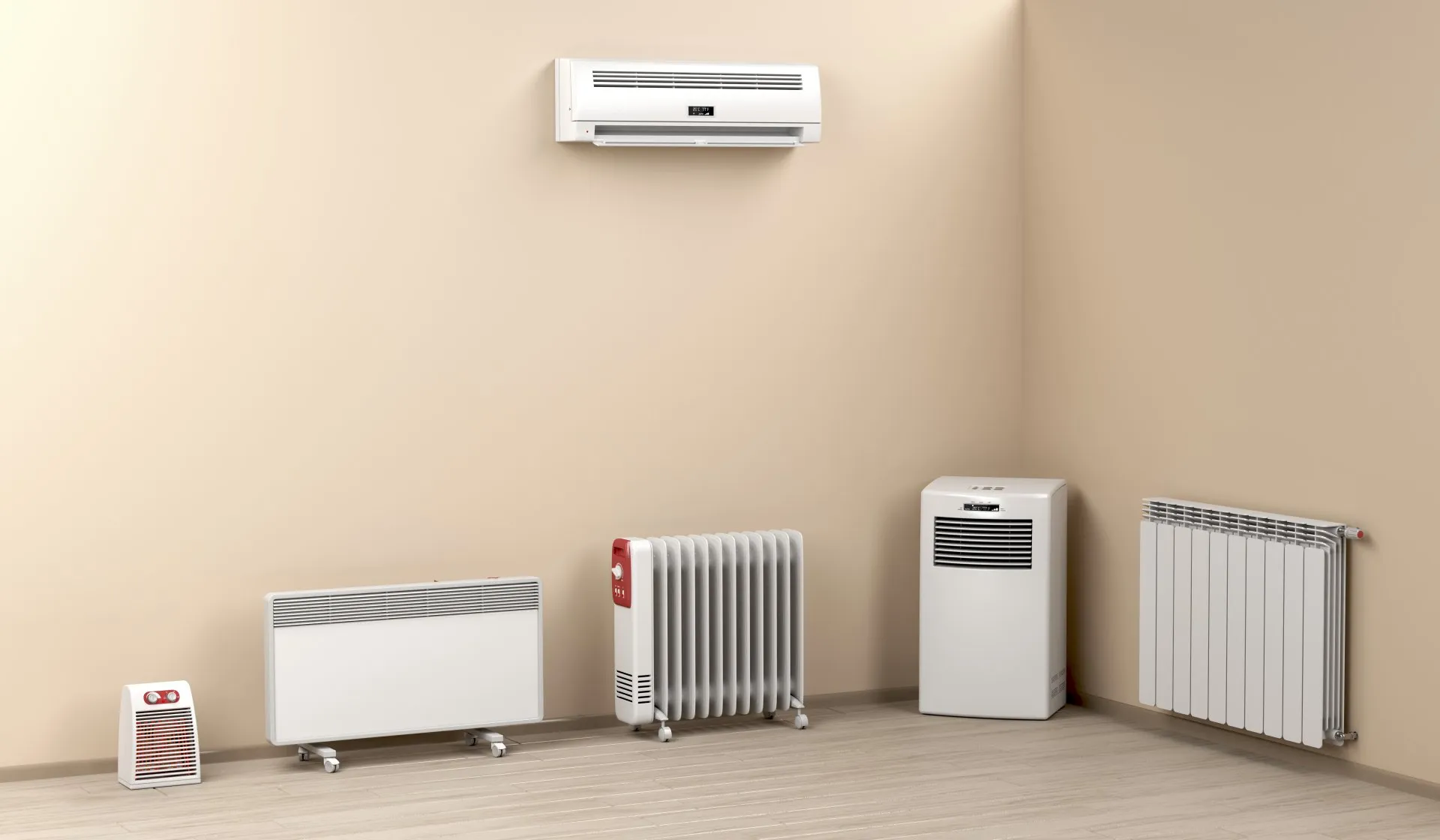
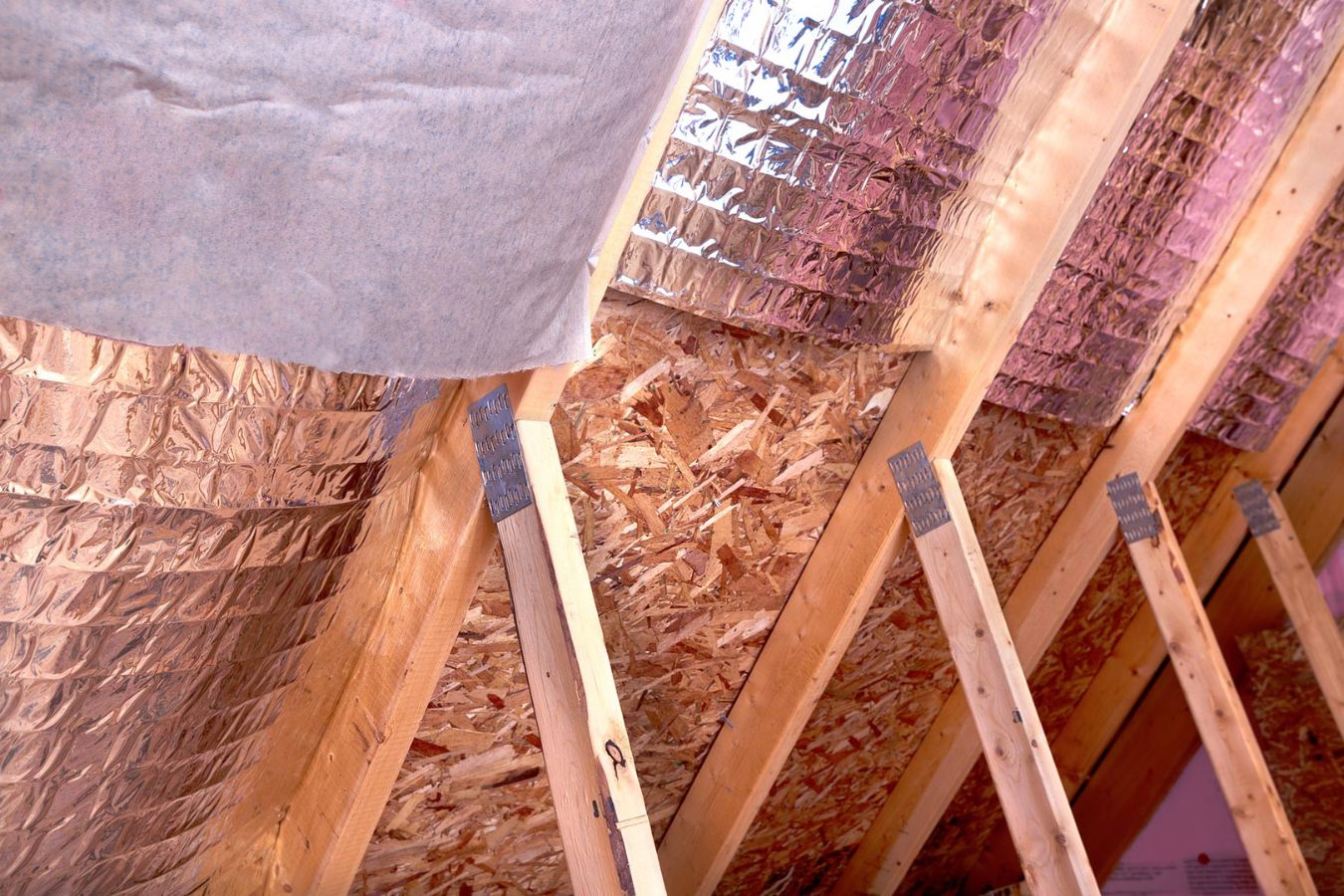
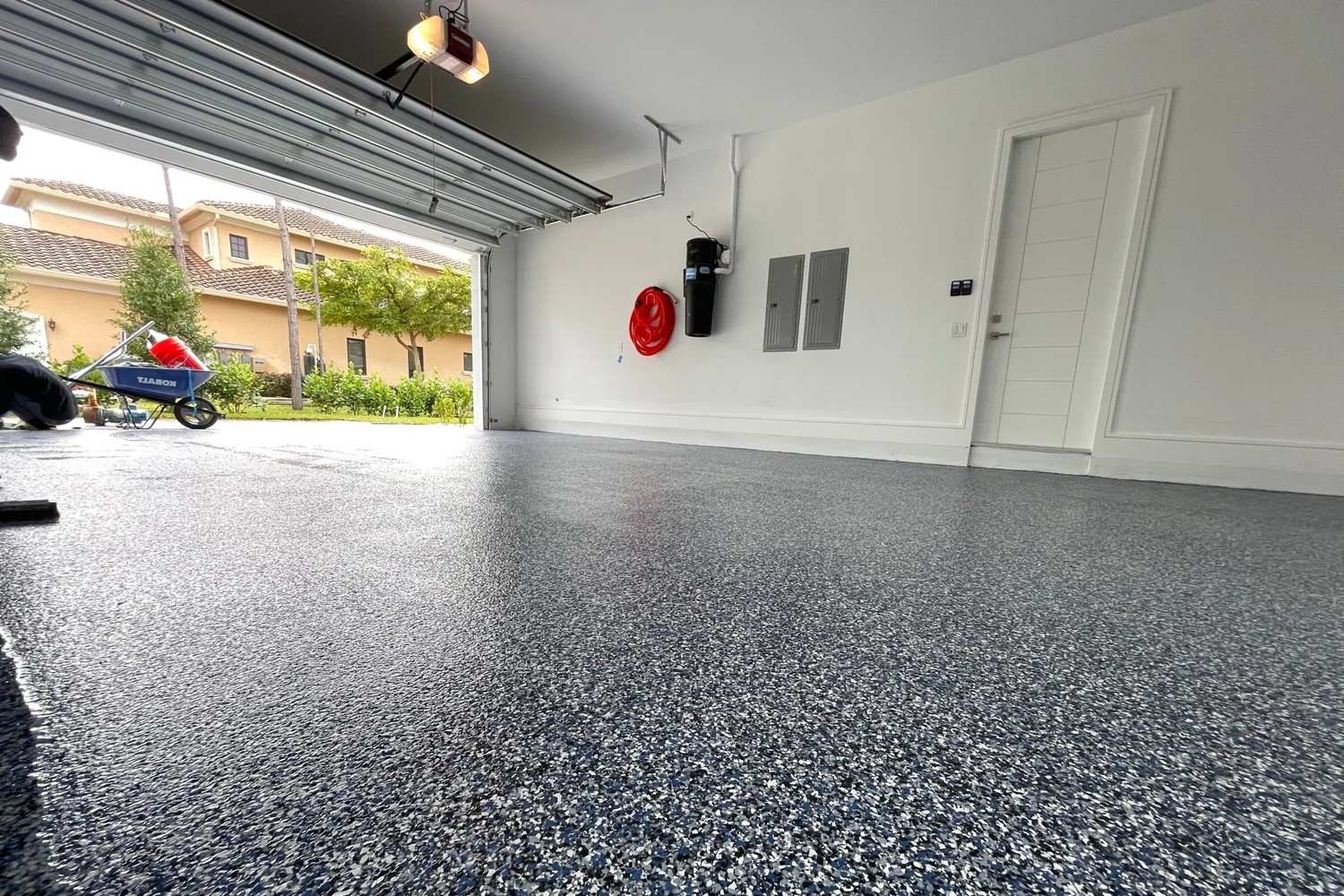
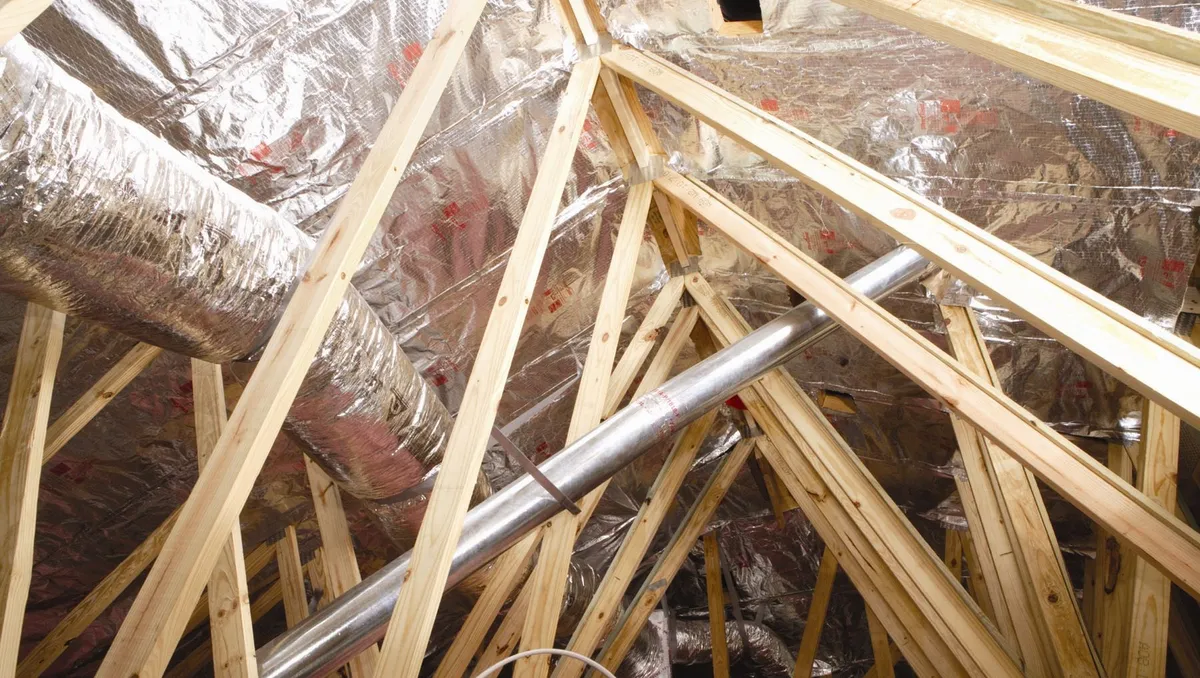
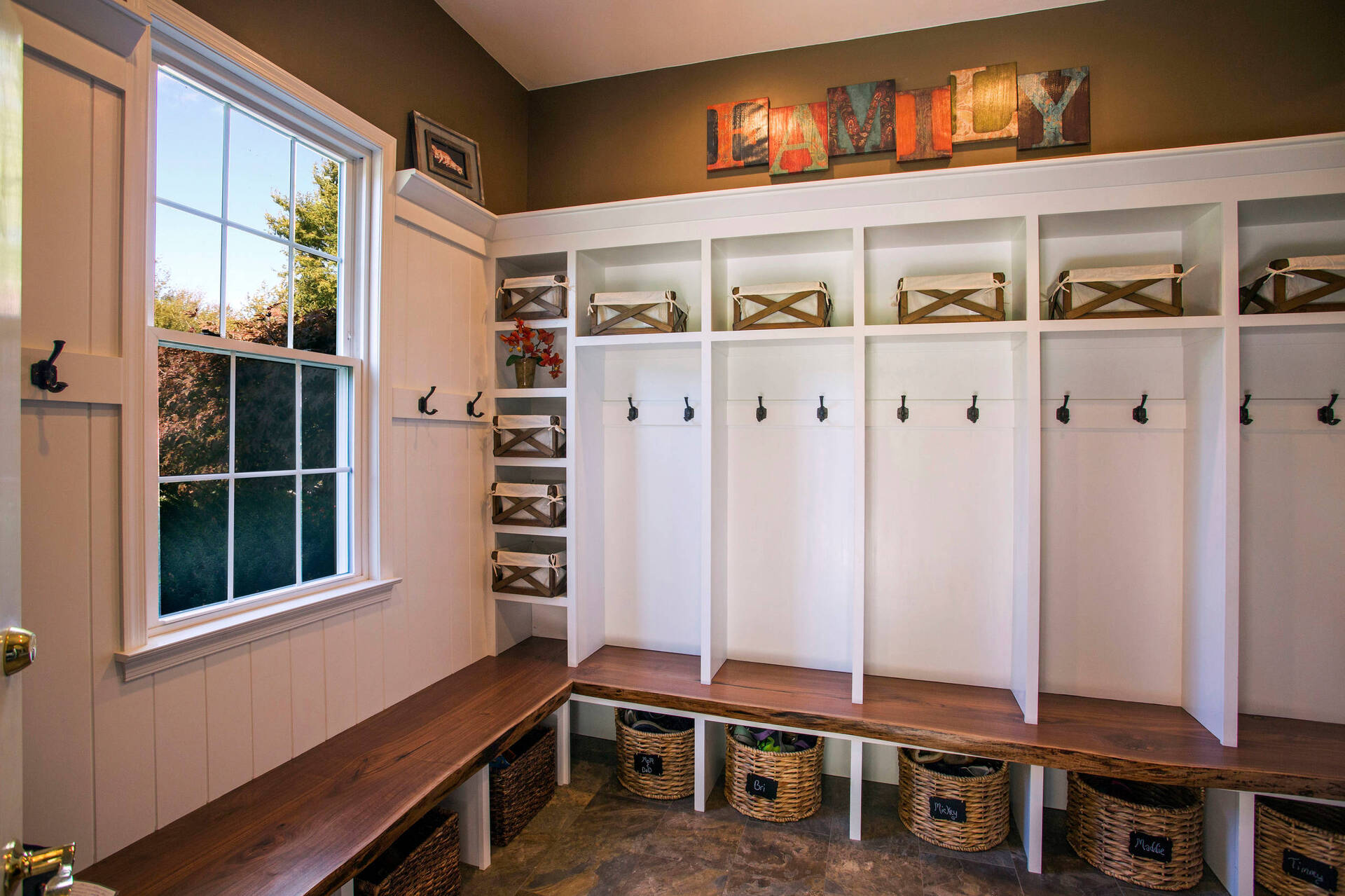


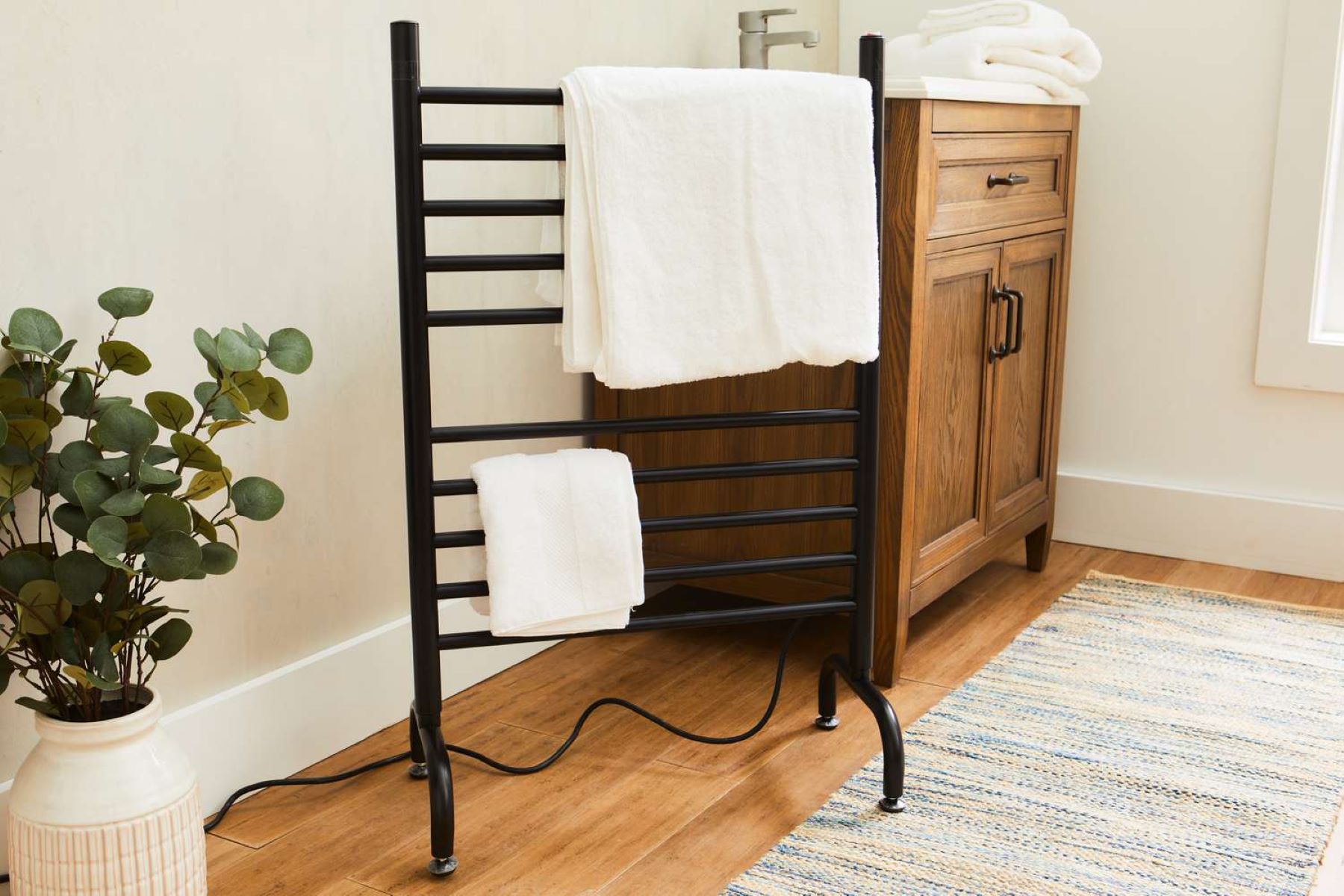
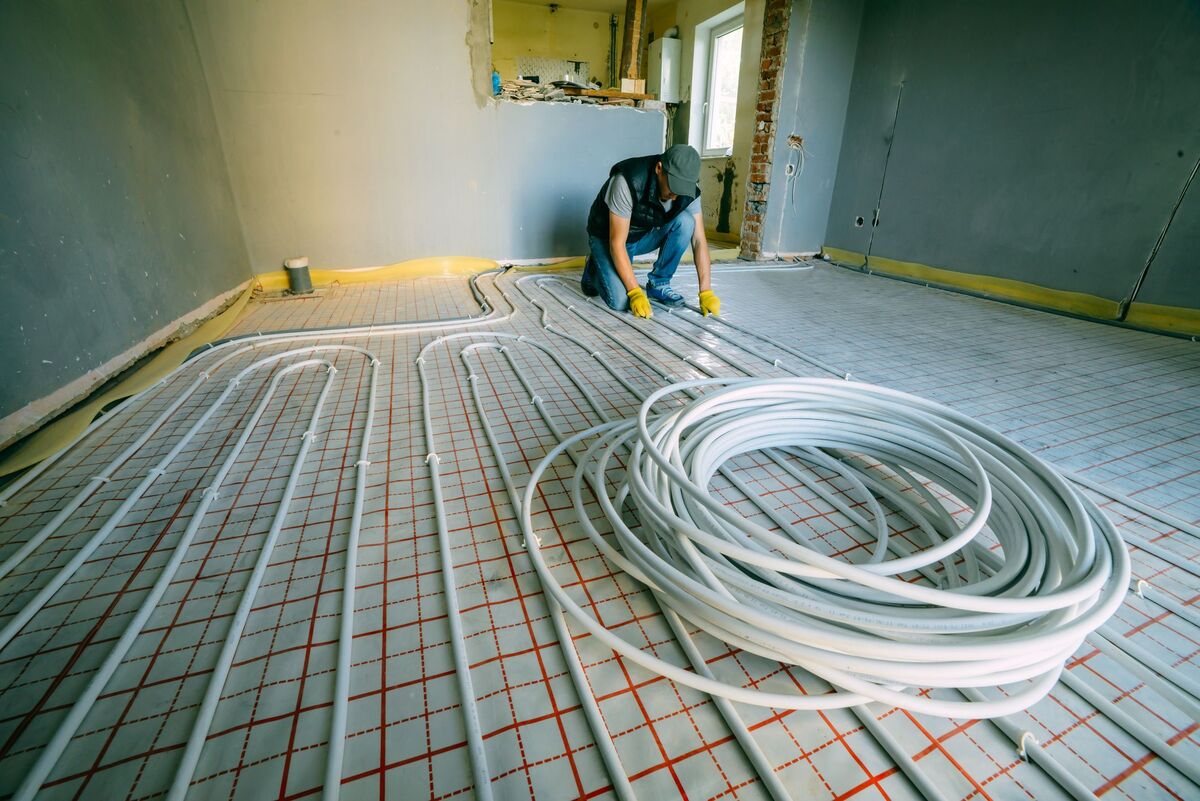

0 thoughts on “Radiant Floor Heating Guide and Warm and Cozy Home Solutions”